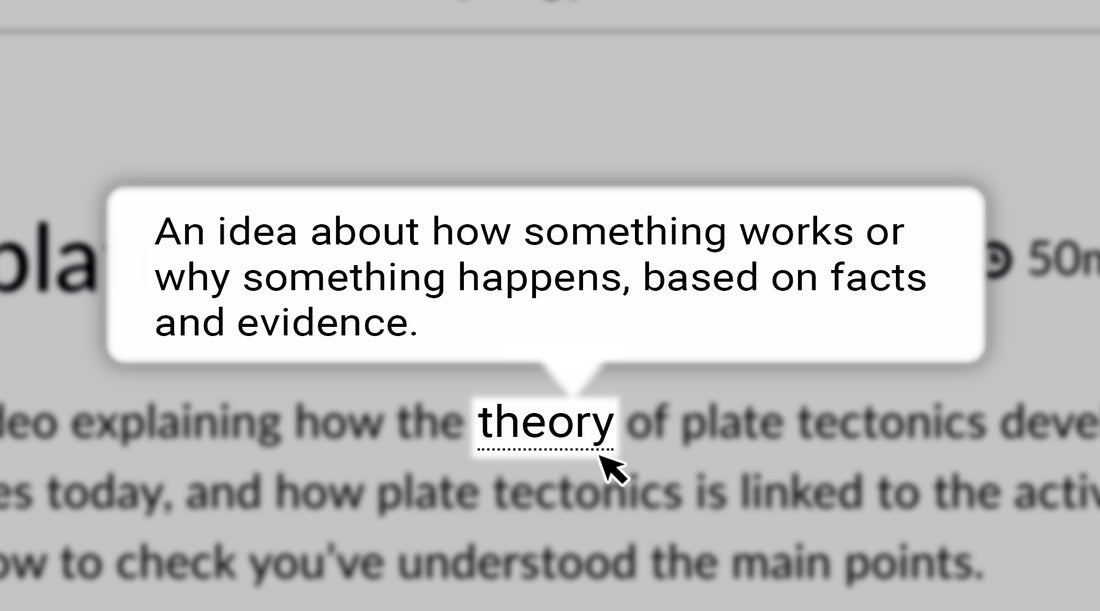
Effortless learning with digital glossaries
Erin DoldenWelcome to LearnWell, where we’re changing how students engage with language through our dynamic digital glossaries! You might think we’re nerds (and we are) but bear with us—there’s good reason for our enthusiasm.
The problem with traditional glossaries
Traditional glossaries (those lengthy lists at the end of a resource):
- usually contain only technical or specialised terms.
- interrupt the reading flow, making them cumbersome to use.
Think about it: using a traditional glossary involves a whopping six steps:
- Leaving the page.
- Finding the glossary.
- Scanning the alphabetical list to locate a term and its definition.
- Deciphering if you understand the definition.
- Returning to your original spot in the text.
- Trying to remember the definition and regain your reading flow.
While traditional glossaries are still quicker than flipping through a dictionary, they’re far from efficient. Enter LearnWell’s digital glossaries.
Why LearnWell’s digital glossaries are game-changers
With LearnWell Digital resources, glossary terms are right there on the page, subtly underlined. Just hover over the word to see its definition. This feature means no more losing your place or breaking your reading flow. Plus, if you read the term again five or 50 pages later and have forgotten what it means, the definition is right there waiting. Every. Single. Time.
This repetition helps students reinforce their understanding and recall of technical terms until they become second nature. Eventually, the underlined terms fade from their attention because they no longer need them.
See our digital glossaries in action!

Expanding vocabulary beyond the subject matter
Our digital glossaries don’t just cover subject-specific terms. LearnWell’s learning designers often use them to introduce words that might be unfamiliar to students, even if they aren’t strictly related to the subject. This helps students build a broader vocabulary, essential for subjects where they need to discuss and demonstrate their understanding.
Traditional glossary included
For those who prefer a full glossary list, for example, to prepare for exams, we haven’t forgotten about traditional glossaries. Many of our resources include an alphabetical glossary at the end of the resource, available in a handy, printable PDF format.